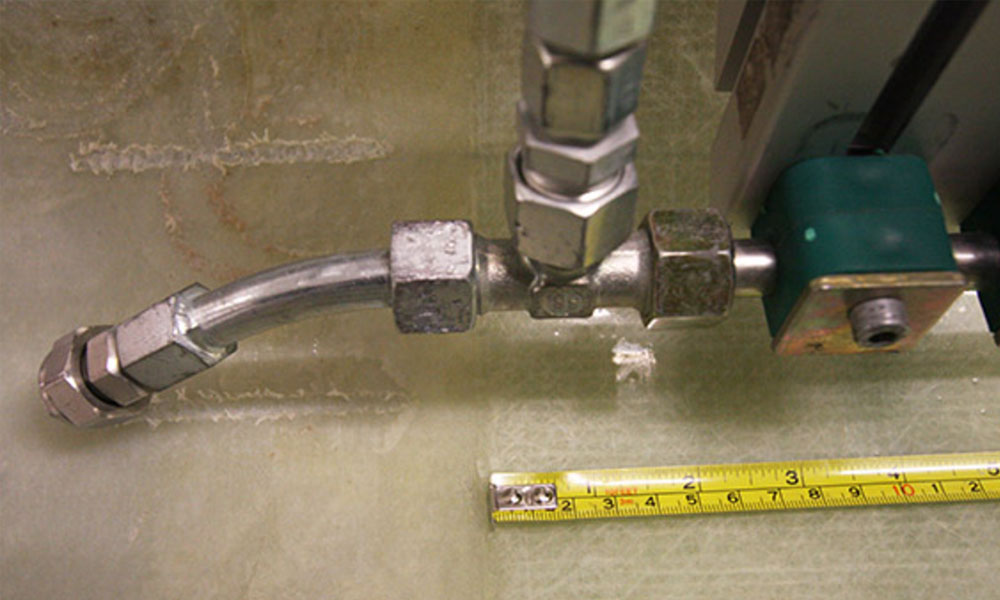PARTLINER – the convincing solution for the repair of CIP liners [Sólo disponible en inglés]
In 2015 PARTLINERTM has been officially granted as the first short liner on Epoxy resin base the approval by German Institute for Structural Engineering (DIBt). Beside its application range for the repair defective pipes from concrete, reinforced concrete, clay, asbestos cement, cast iron, GFR and PVC-U the product – as a unique selling point – can be also used for the repair of defective CIP linings installed into a host pipe. PARTLINERTM may according to the wording of the Approval be used for the repair of defects caused by high pressure jetting, aborted drillings or stress cracks.
In order to meet the specifications required for the approval, PARTLINERTM had to be thoroughly tested. One of the (most challenging) criteria to be met, was the resistance against high pressure jetting. This test had been performed in St. Wendel under “real sewer pipe conditions” under supervision of SBKS GmbH & Co. KG, the independent test institute for mechanical-technological and physical-chemical testing, and PARTLINERTM is the only method, that passed this test.
Hard work
Material tester and auditor Jürgen Schulte performs at first a visual inspection of the PARTLINERTM sample by precisely checking, if the 60 centimetre long PARTLINERTM in the 1.30 metre long half pipe is showing any defect. Has the glass fibre mat been fully impregnated or are there any imperfections, or any damages, is the surface smooth, or does it show any irregularities, that might create a flow obstacle?
No worries: PARTLINERTM does not show any imperfection, neither optical nor haptic. The glass fibre is completely impregnated, no fibres protrude from the laminate.
Does PARTLINERTM meet the challenge of high pressure jetting? The test sample is mounted into the jetting test rig, a menacing looking apparatus, in which a jetting nozzle simulates the impact of high pressure cleaning in a sewer pipe. Schulte places the nozzle in 1 metre distance to the sample; the jet will hit the PARTLINERTM wall in an angle of 30°. Mounted into the apparatus PARTLINERTM will have to meet the following challenges: The nozzle is automatically driven with a speed of 0.2 metres per minute through the whole sample, starting approx. 15 centimetres and ending 15 centimetres behind the PARTLINERTM itself – one time each to and fro per cycle. “Three cycles each are performed at three different spots, 10 centimetres from each other”, explains Schulte. “Not the applied pressure of 120 to 150 bar, but the flow volume of 35.7 litres per minute is important.”
Ready, set, go! The auditor takes cover against splashing water, however the noise level from the test device is heavy. PARTLINERTM is “tortured” 18 times for five minutes each, but “keeps cool”. PARTLINERTM shows the same smooth and even surface as before. The coating of the CIP liner however, on which PARTLINERTM was installed as part of the test sample, shows clear traces of the water jet 15 centimetres before and behind the PARTLINERTM itself. These traces end exactly, where PARTLINERTM is protecting the CIP liner. PARTLINERTM has proven to be more resistant than a CIP liner.
The result: PARTLINERTM has proven its high performance and quality, and as a result it is not only perfectly suited for the repair of damages in sewer pipes of various materials, but also the best solution for the repair of defective CIP liners!



